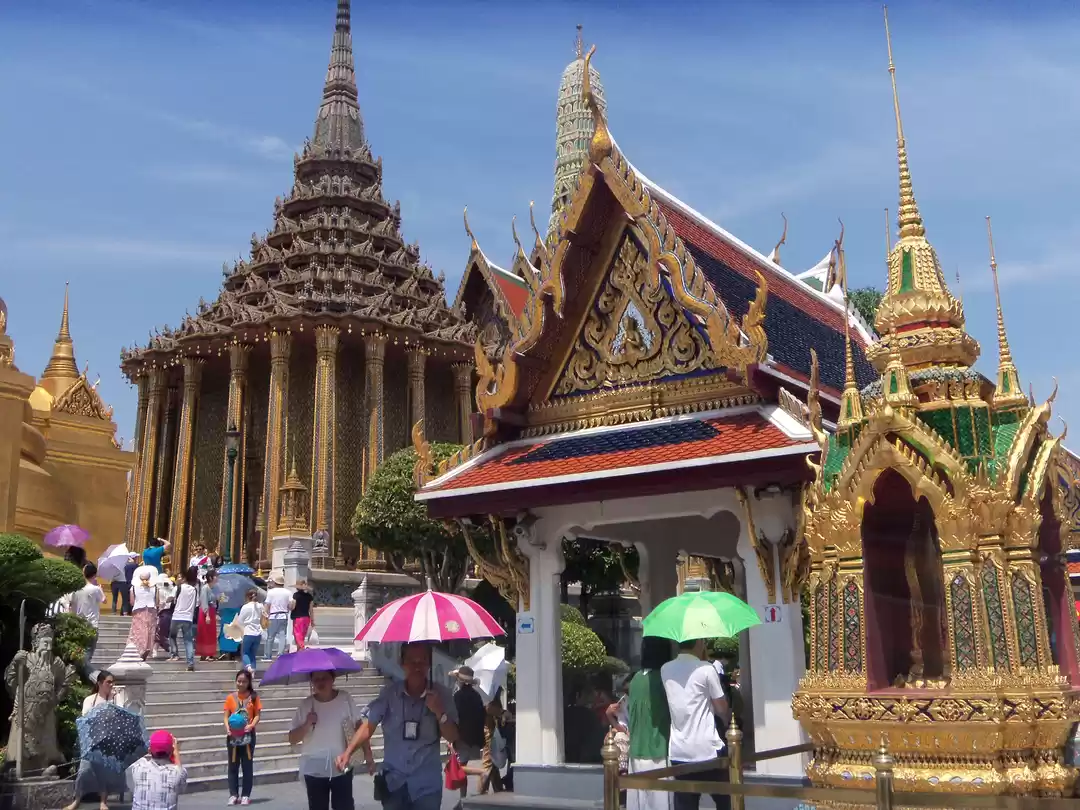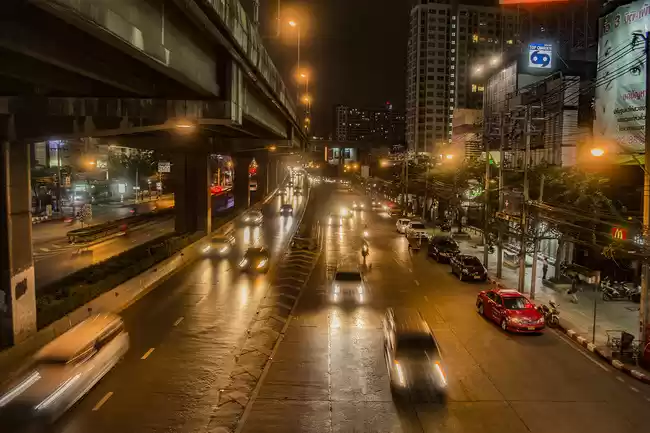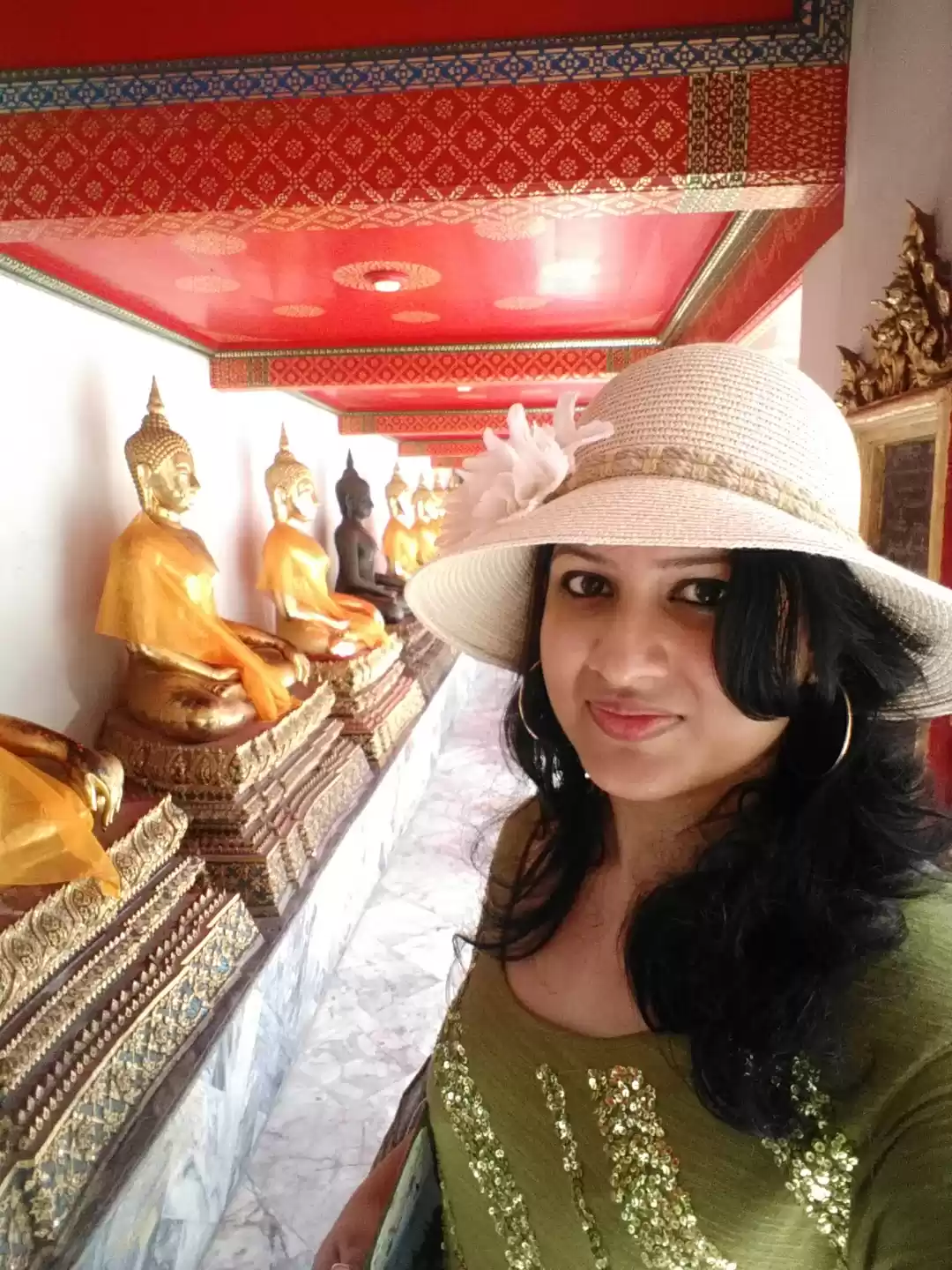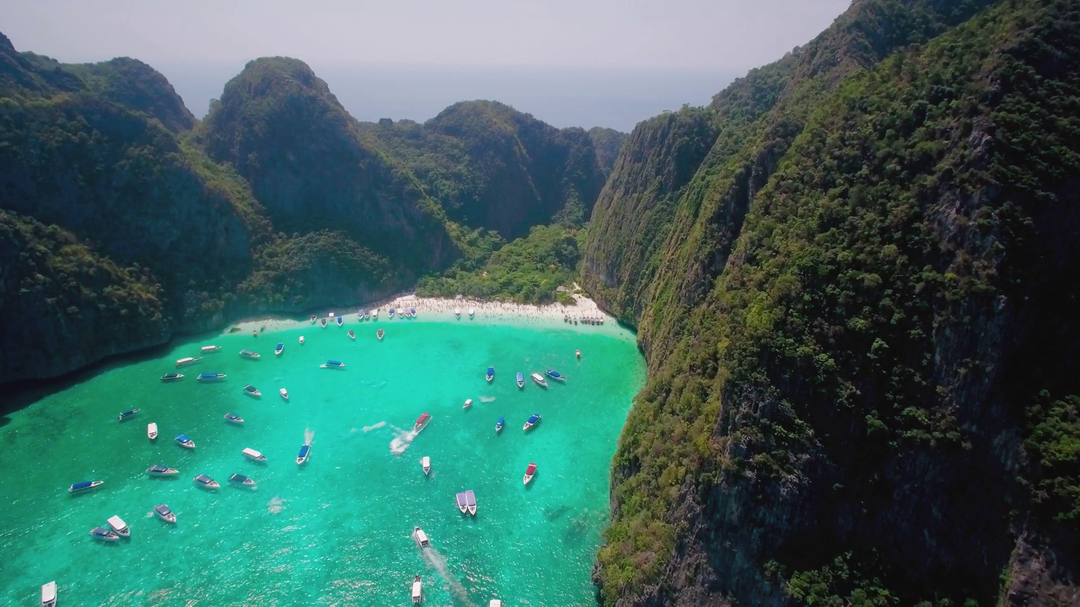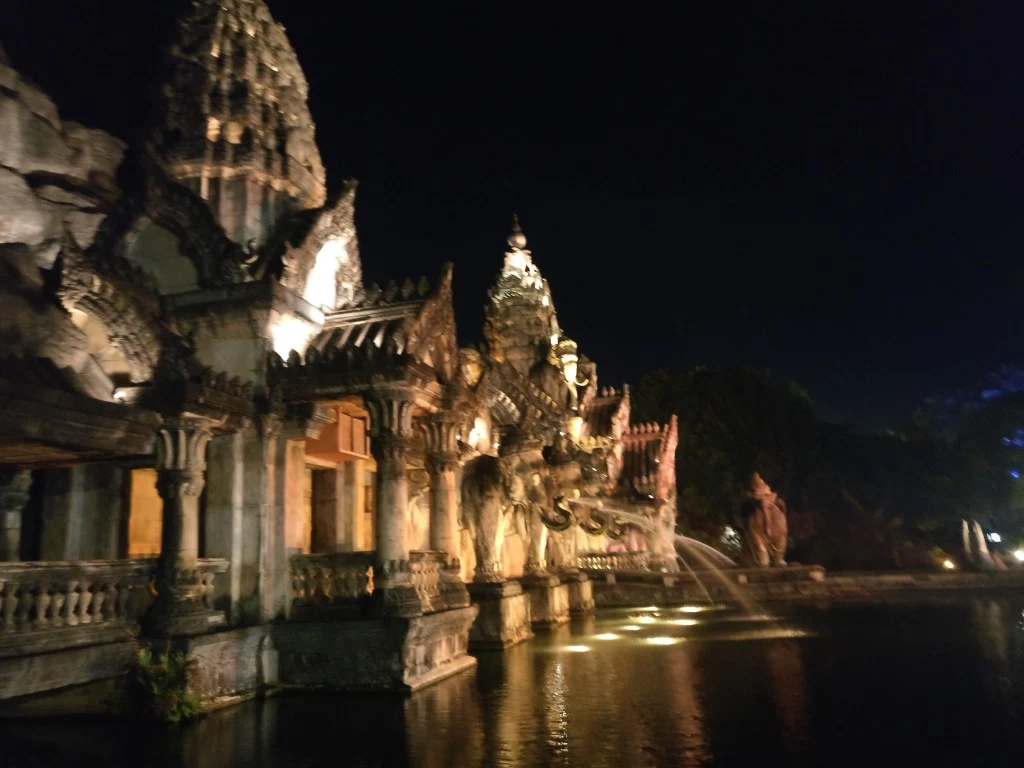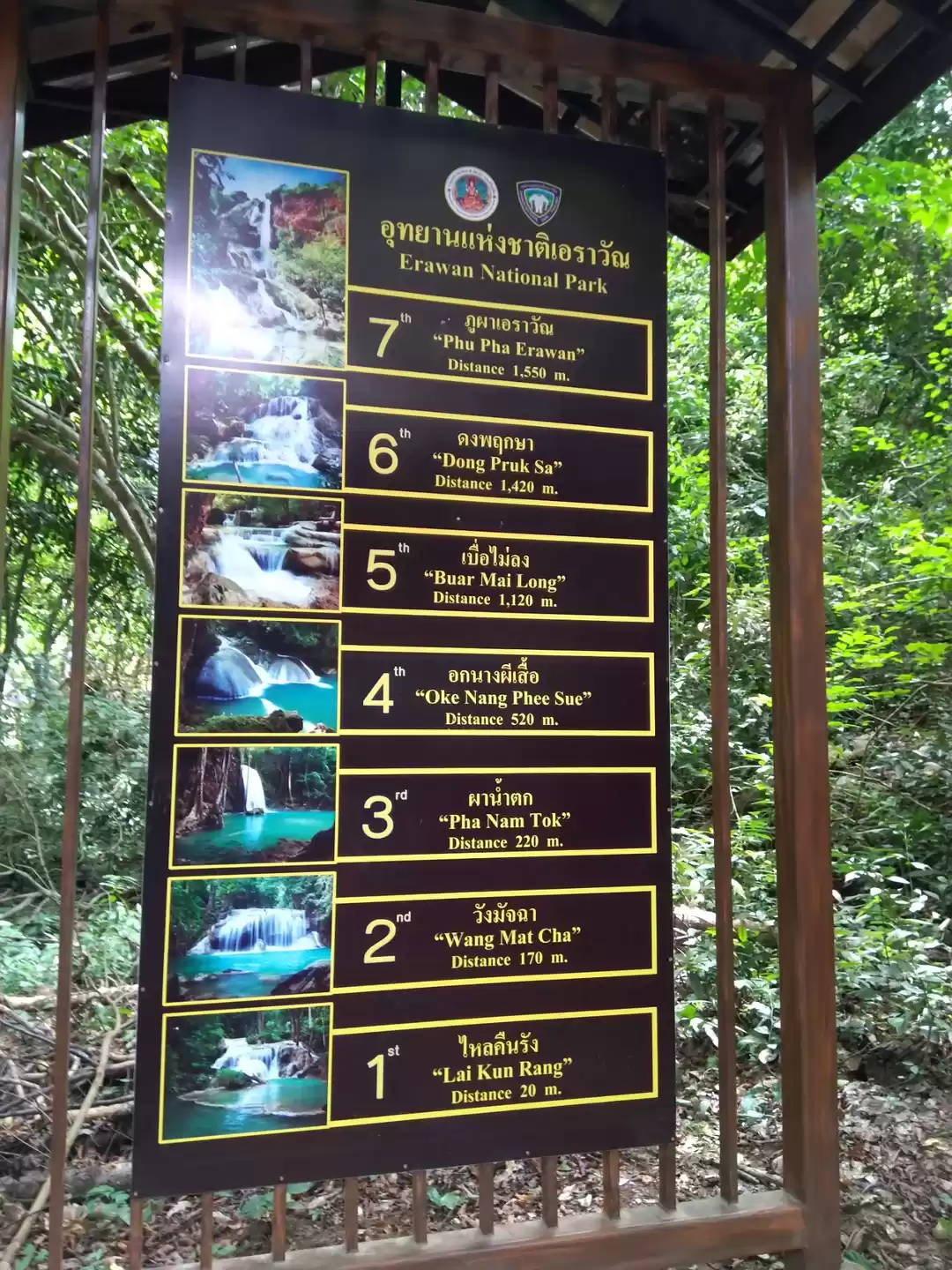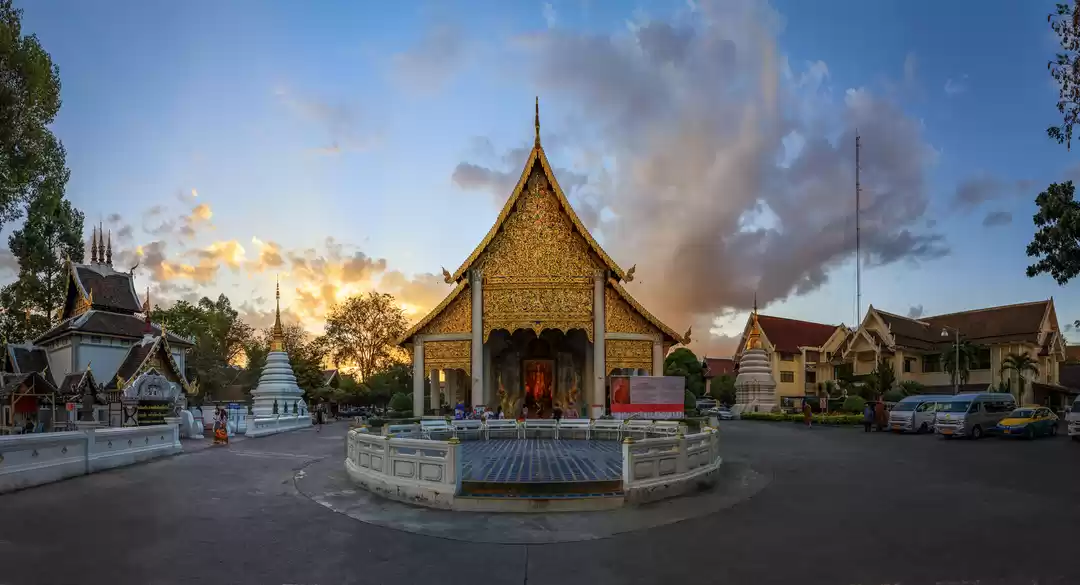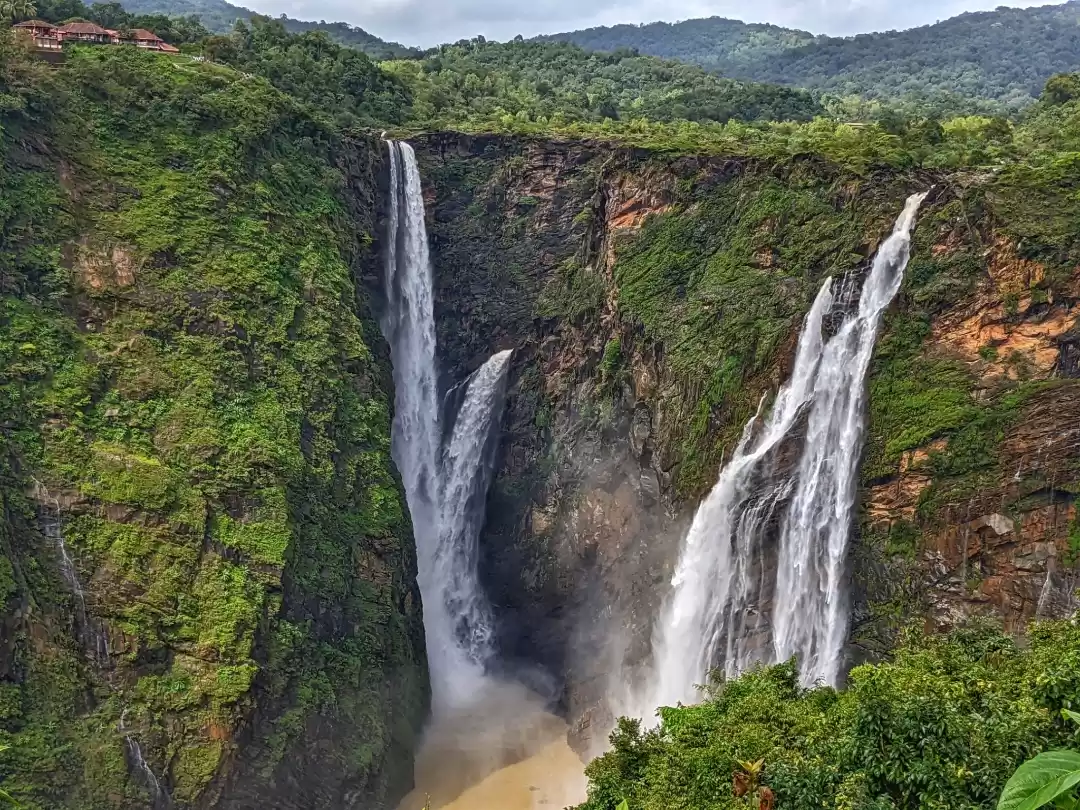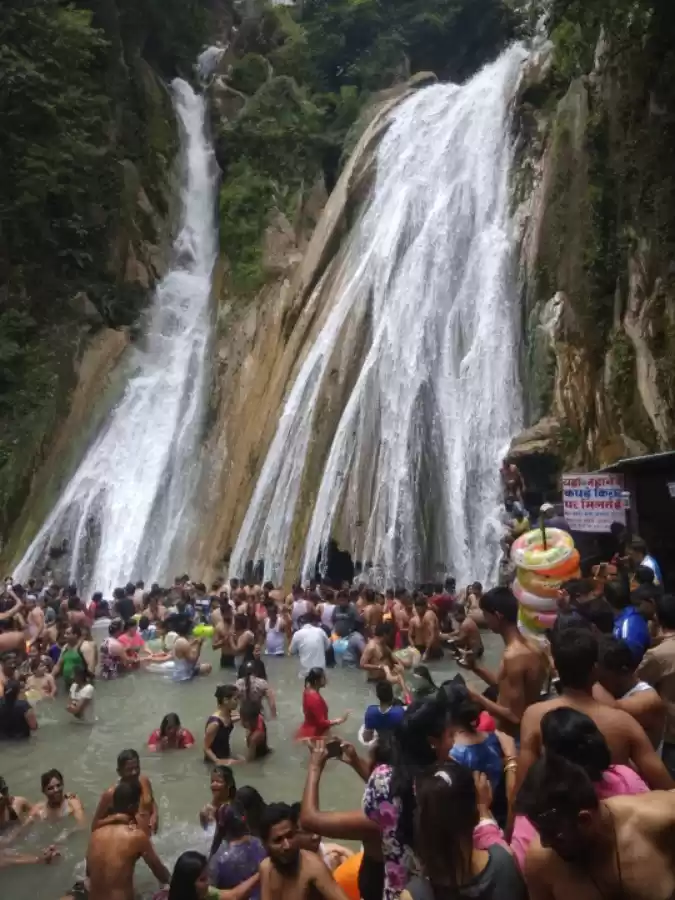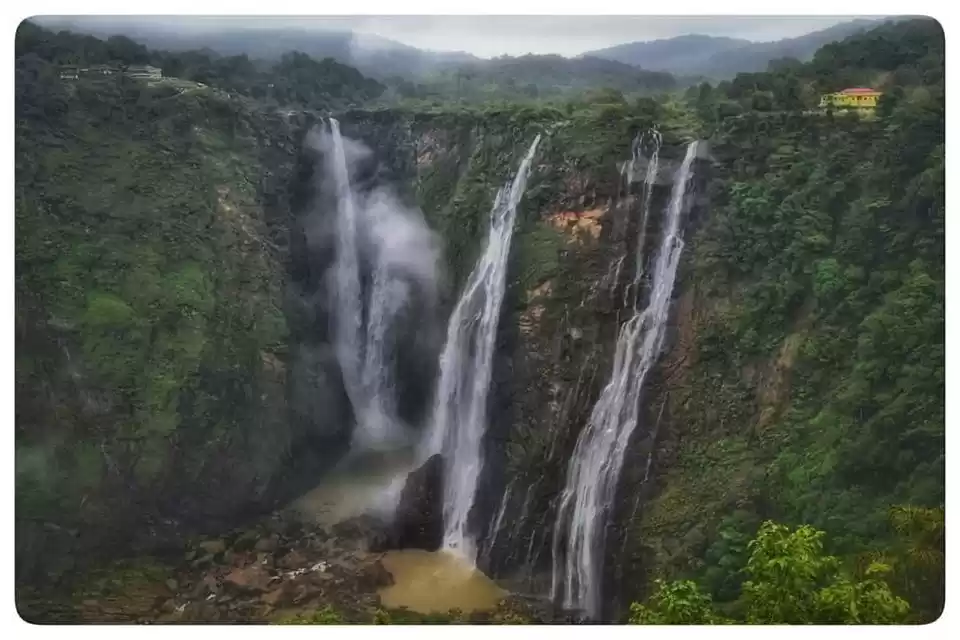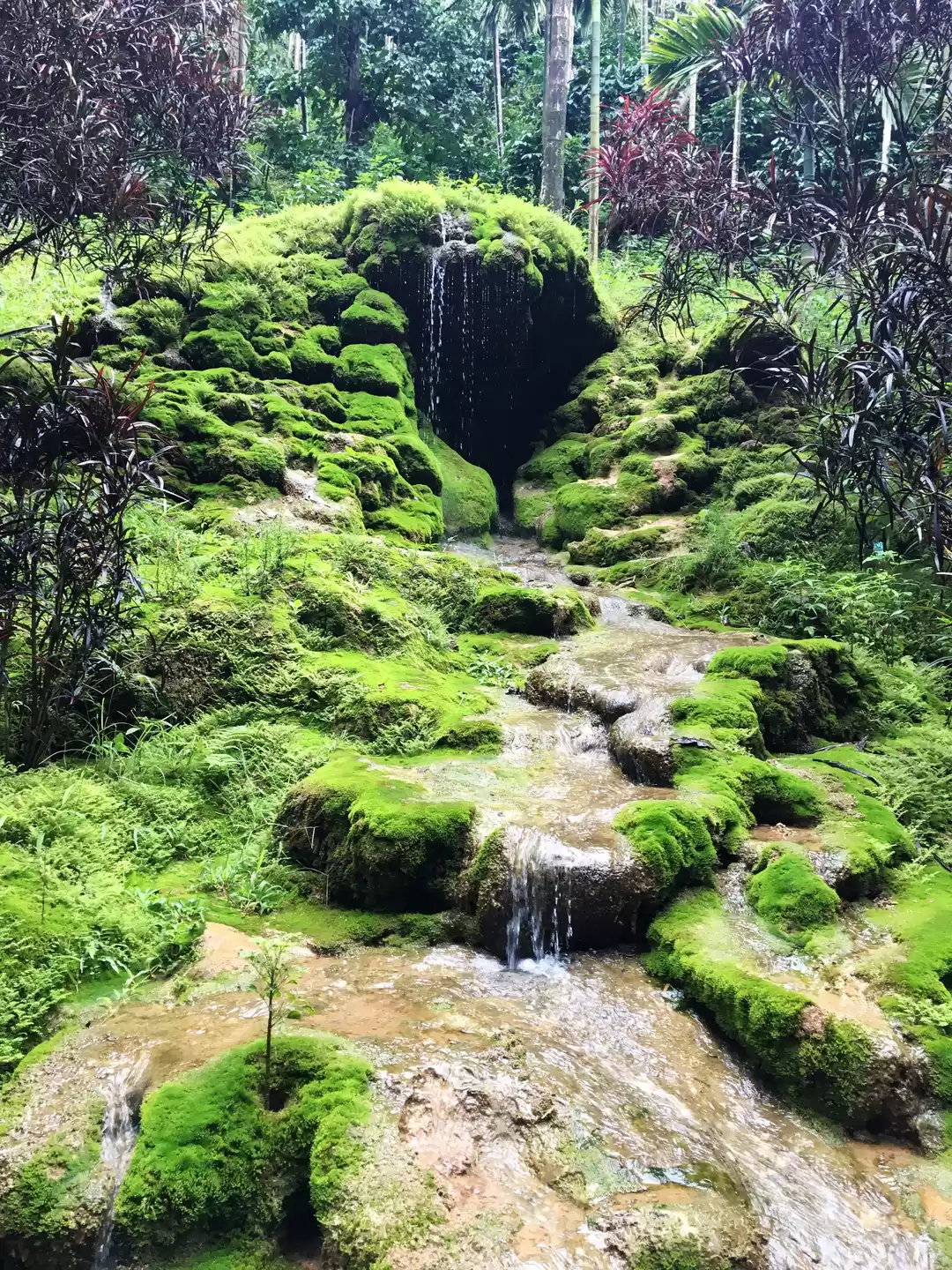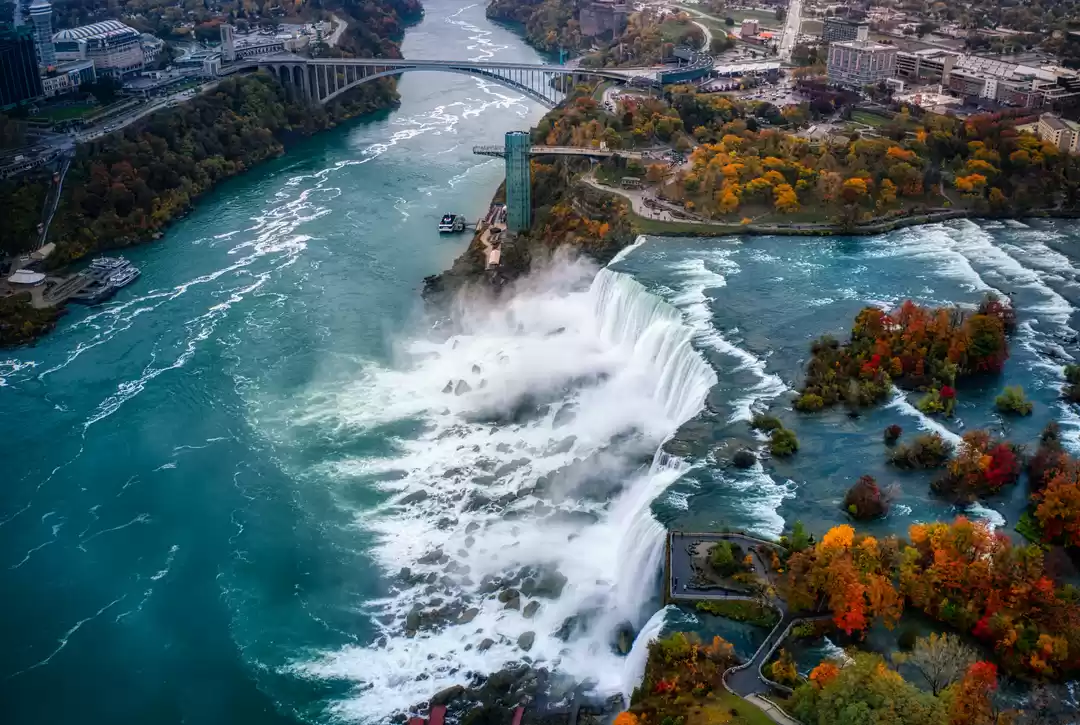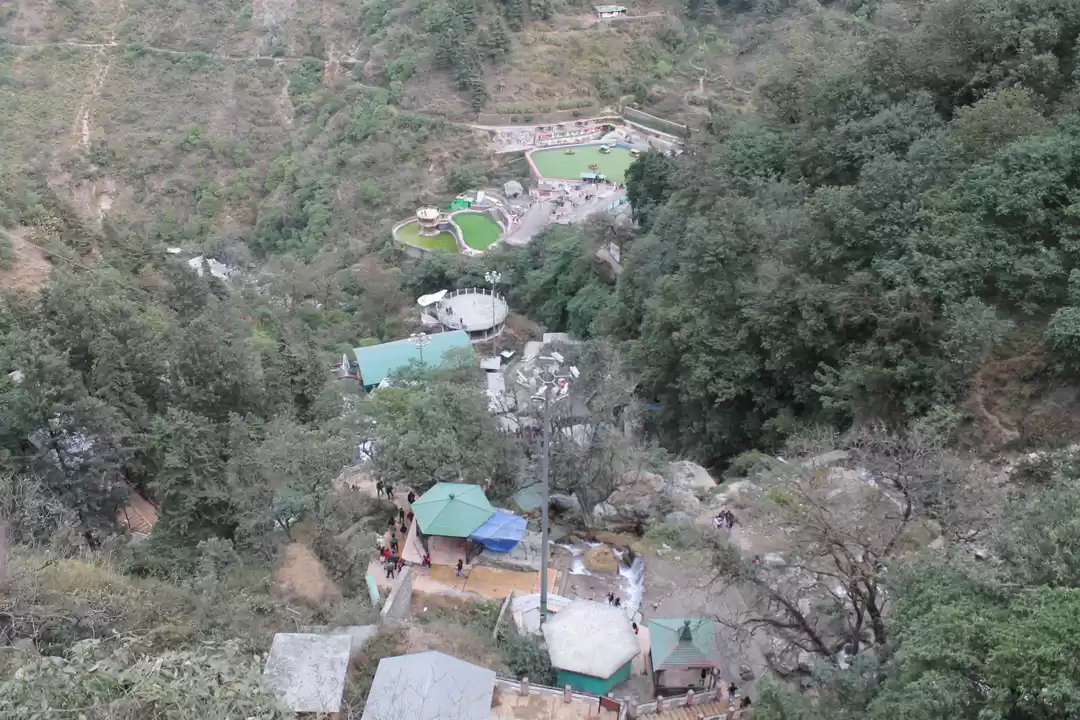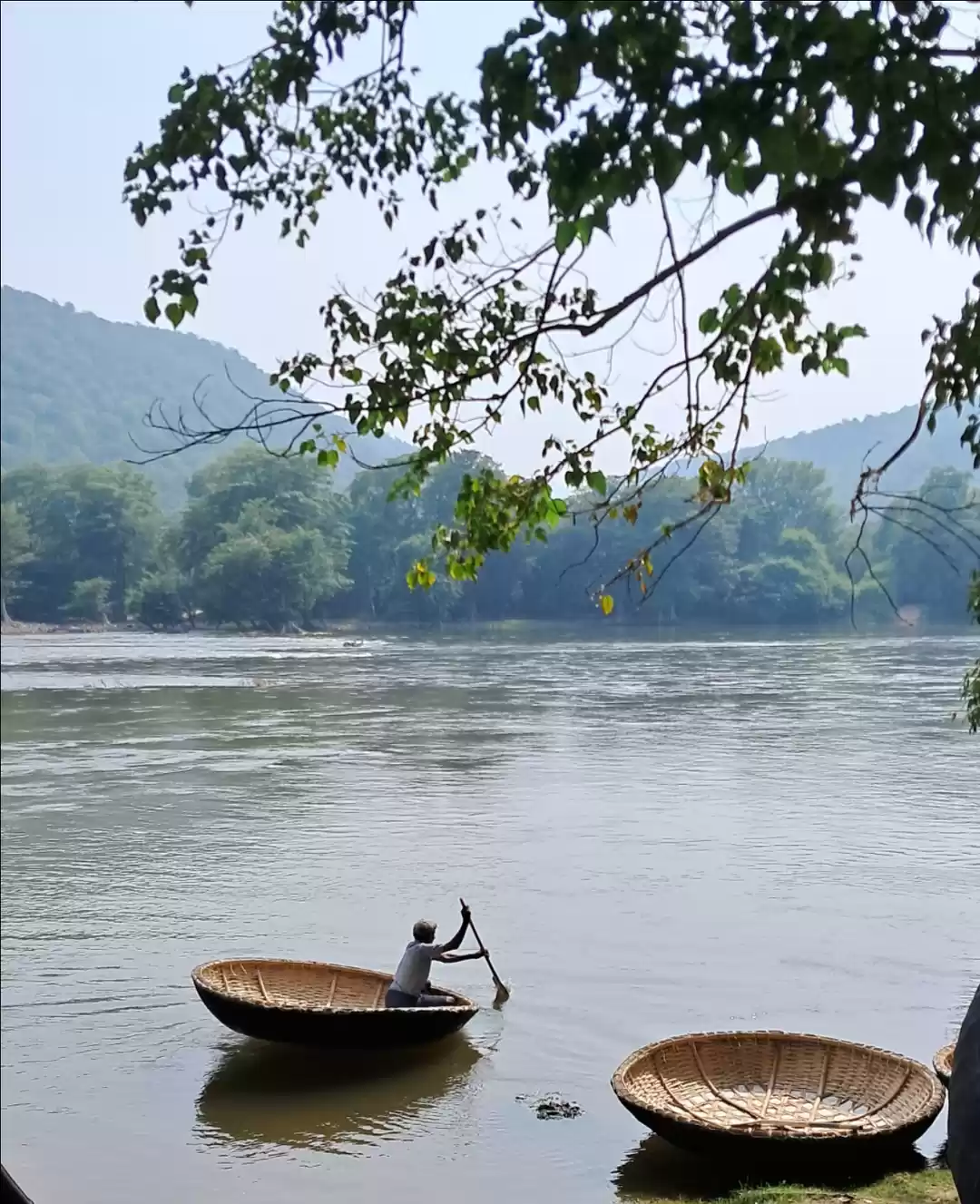Erawan Waterfall is a stunning seven-tiered waterfall located in Erawan National Park, Kanchanaburi, Thailand. It is one of the most popular and scenic attractions in the country, attracting thousands of visitors every year. In this article, we will provide you with everything you need to know about Erawan Waterfall, including how to get there, when to go, what to bring, what to expect, and what else to do in the area. Whether you are looking for a relaxing day trip, an adventurous hike, or a refreshing swim, Erawan Waterfall has something for everyone.
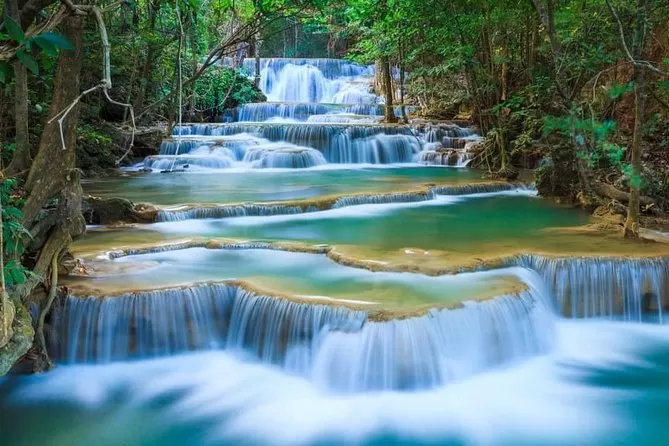
How to Get to Erawan Waterfall
Erawan Waterfall is about 65 kilometers (40 miles) northwest of Kanchanaburi city, which is about 130 kilometers (80 miles) west of Bangkok. There are several ways to get to Erawan Waterfall from Kanchanaburi or Bangkok, depending on your budget, time, and preference. Here are some of the options:
- By bus: The cheapest and easiest way to get to Erawan Waterfall is by taking a public bus from Kanchanaburi bus station. The bus number is 8170 and it runs every hour from 8 a.m. to 4 p.m. The bus fare is 50 baht (1.5 USD) per person and the journey takes about 1.5 hours. The bus will drop you off at the entrance of Erawan National Park, where you can buy your ticket and start your hike.
- By taxi: If you want more comfort and convenience, you can hire a taxi from Kanchanaburi or Bangkok to take you to Erawan Waterfall. The taxi fare from Kanchanaburi is about 800 baht (25 USD) one way and the journey takes about an hour. The taxi fare from Bangkok is about 2,500 baht (80 USD) one way and the journey takes about 3 hours. You can negotiate the price and the duration of the trip with the driver, and ask them to wait for you at the park or pick you up later.
- By motorbike: If you are feeling adventurous and confident, you can rent a motorbike from Kanchanaburi and drive to Erawan Waterfall by yourself. The motorbike rental fee is about 200 baht (6 USD) per day and the journey takes about an hour. You will need to follow the signs for Erawan National Park along Highway 3199. The road is well-paved and scenic, but be careful of the traffic and the speed limit. You can park your motorbike at the entrance of the park for a small fee.
Erawan Waterfall Entrance Fee and Opening Hours
Erawan Waterfall is part of Erawan National Park, which is managed by the Department of National Parks, Wildlife and Plant Conservation of Thailand. The park charges an entrance fee of 300 baht (10 USD) per person for foreigners and 100 baht (3 USD) per person for Thai citizens. The park is open daily from 8 a.m. to 4.30 p.m., but the last admission is at 3.30 p.m. The park may close temporarily during the rainy season (June to October) due to safety reasons, so check the weather and the park status before you go.
What to Bring to Erawan Waterfall
Erawan Waterfall is a natural attraction that requires some hiking and swimming, so you need to prepare accordingly. Here are some of the essential items to bring to Erawan Waterfall:
- Water and snacks: There are no shops or restaurants inside the park, so you need to bring your own water and snacks to stay hydrated and energized. You can buy water and snacks from the vendors outside the park entrance, but they may charge higher prices. You can also refill your water bottle at the park office or at some of the waterfall levels. Make sure to dispose of your trash properly and do not feed the animals.
- Swimwear and towel: Erawan Waterfall has several pools where you can swim and cool off, so you need to bring your swimwear and towel. You can change your clothes at the park office or at some of the waterfall levels. You can also rent a locker at the park office for a small fee. Note that some of the pools may be closed for conservation purposes, so respect the signs and the rules.
- Hiking shoes and clothes: Erawan Waterfall has a hiking trail that leads to each level of the waterfall, so you need to wear comfortable hiking shoes and clothes. The trail is well-marked and easy to follow, but it can be slippery and steep at some points, especially at the higher levels. You also need to be aware of the insects, the plants, and the animals along the way. You can also rent a hiking stick at the park office for a small fee.
- Sunscreen and hat: Erawan Waterfall is exposed to the sun, so you need to protect yourself from the heat and the UV rays. You need to apply sunscreen and wear a hat, especially if you plan to spend a long time at the waterfall. You can also bring sunglasses and a fan for extra comfort.
- Camera and phone: Erawan Waterfall is a beautiful and photogenic place, so you need to bring your camera and phone to capture the memories. You can also use your phone to check the map, the time, and the weather. However, you need to be careful of the water, the rocks, and the thieves, and keep your devices in a waterproof and secure bag. You can also bring a power bank and a charger for backup.
Erawan Waterfall Levels
Erawan Waterfall has seven levels, each with its own name, shape, and charm. You can hike to each level and enjoy the views, the sounds, and the sensations of the waterfall. You can also swim in some of the pools and experience the natural massage of the water. Here is a brief description of each level of Erawan Waterfall:
- Level 1: Lai Kheun Rung - Erawan Waterfall #1: The first and lowest level of the waterfall, with a stream and picnic tables. This is the easiest and most accessible level, where you can relax and have a snack. You can also swim in the shallow pool and slide on the rocks. This level is usually crowded and noisy, so you may want to move on to the next level soon.
- Level 2: Wang Mat Cha - Erawan Waterfall #2: The second level of the waterfall, with a large pool for swimming and a slide. This is one of the most popular and fun levels, where you can swim and play in the clear and cool water. You can also slide on the smooth rocks and feel the thrill of the waterfall. This level is also crowded and noisy, so you may want to find a quiet spot or move on to the next level.
- Level 3: Pha Nam Tok - Erawan Waterfall #3: The third level of the waterfall, with another pool and a cave. This is a more peaceful and serene level, where you can swim and explore the cave. You can also admire the view of the waterfall and the surrounding forest. This level is less crowded and noisy, but you may need to watch out for the fish that may nibble on your feet.
- Level 4: Oke Nang Phee Suae - Erawan Waterfall #4: The fourth level of the waterfall, with a smaller pool and a rock formation resembling an elephant head. This is a more challenging and rewarding level, where you can swim and climb the rocks. You can also see the elephant-shaped rock and take a photo with it. This level is more secluded and quiet, but you may need to be careful of the slippery and steep rocks.
- Level 5: Bua Mai Long - Erawan Waterfall #5: The fifth level of the waterfall, with a shaded area and many mini falls. This is a more relaxing and refreshing level, where you can rest and enjoy the breeze. You can also see the many mini falls and the colorful flowers. This level is more remote and tranquil, but you may need to be aware of the monkeys that may steal your belongings.
- Level 6: Dong Pruk Sa - Erawan Waterfall #6: The sixth level of the waterfall, with a narrow pool and a steep climb. This is a more difficult and adventurous level, where you can swim and hike. You can also see the narrow pool and the impressive fall. This level is more isolated and quiet, but you may need to be prepared for the strenuous and dangerous climb.
- Level 7: Phu Pha Erawan - Erawan Waterfall #7: The seventh and highest level of the waterfall, with a turquoise pool and a gentle fall. This is the most beautiful and rewarding level, where you can swim and admire the view. You can also see the turquoise pool and the gentle fall. This level is the most peaceful and quiet, but you may need to be proud of yourself for reaching the top.
Other Things to Do Around Erawan Waterfall
Erawan Waterfall is not the only attraction in Erawan National Park or in Kanchanaburi. There are many other things to do around Erawan Waterfall, depending on your interests and time. Here are some of the other things to do around Erawan Waterfall:
- Visit Phra That Cave: Phra That Cave is a large limestone cave with stalactites and stalagmites, located about 12 kilometers north of Erawan Waterfall. You can explore the cave and see the different formations and chambers, some of which have Buddha images and shrines. You can also enjoy the view of the forest and the mountains from the cave entrance. You can get to the cave by taking a bus, a taxi, or a motorbike from the park entrance, or by joining a guided tour. The cave entrance fee is 20 baht (0.6 USD) per person and the opening hours are from 8 a.m. to 4 p.m.
- Watch the sunset at Srinagarind Dam Viewpoint: Srinagarind Dam Viewpoint is a scenic spot overlooking the Srinagarind Reservoir and the surrounding mountains, located about 40 kilometers south of Erawan Waterfall. You can watch the sunset and the changing colors of the sky and the water, and take some amazing photos. You can also see the dam and the power plant, and learn about the hydroelectric project. You can get to the viewpoint by taking a bus, a taxi, or a motorbike from the park entrance, or by joining a guided tour. The viewpoint is free to visit and open all day, but the best time to go is around 5 p.m. to 6 p.m.
- Explore Kanchanaburi: Kanchanaburi is a province and a city in western Thailand, known for its historical and natural attractions. You can explore Kanchanaburi and see some of its highlights, such as:
- The Bridge over the River Kwai: a famous bridge that was part of the Death Railway, built by prisoners of war during World War II. You can walk on the bridge and see the trains passing by, and visit the nearby museum and cemetery.
- Prasat Muang Sing Historical Park: an archaeological site that features ancient Khmer-style temples and ruins. You can see the architecture and the sculptures, and learn about the history and the culture of the Khmer empire.
- Kanchanaburi War Cemetery: a memorial site for the Allied soldiers who died while working on the Death Railway. You can pay your respects and see the names and the graves of the fallen heroes.
- Death Railway Museum: a museum that displays the history and the conditions of the prisoners of war who built the railway. You can see the exhibits and the artifacts, and watch a documentary film about the railway.
- Hellfire Pass: a section of the railway that was cut through a mountain by the prisoners of war, with a memorial museum and a walking trail. You can see the pass and the museum, and hike along the trail and see the remnants of the railway.
You can get to Kanchanaburi by taking a bus, a train, or a taxi from Bangkok or from the park entrance, or by joining a guided tour. The travel time and the cost vary depending on the mode of transportation and the destination. You can also stay overnight in Kanchanaburi and enjoy the nightlife and the food.
Conclusion
Erawan Waterfall is a must-see attraction for anyone who loves nature and adventure. It is a place where you can experience the beauty and the diversity of Thailand's landscape, wildlife, and culture. You can hike, swim, relax, and learn at Erawan Waterfall, and make some unforgettable memories. You can also explore the nearby attractions and discover more of Kanchanaburi's history and charm. Erawan Waterfall is a perfect destination for a day trip or a weekend getaway, and a highlight of any trip to Thailand.












